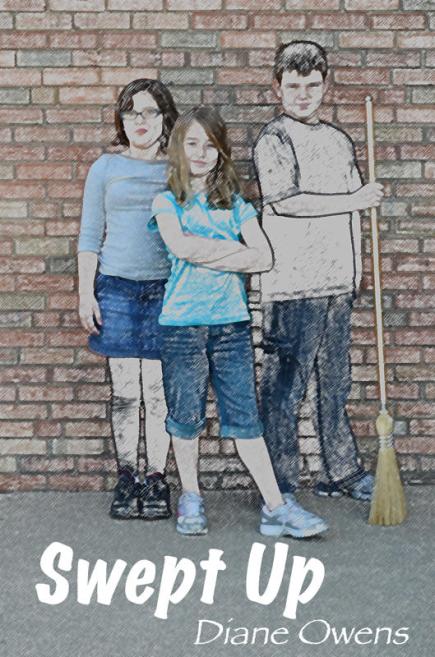Well, you are, of course, but you’re telling it through your main character (MC). For more on why this is a good thing, read the Characters page.
To tell your story through your MC, you have three choices:
- You are the MC. Refer to the MC as “I” – first person viewpoint
- Your reader is the MC. Refer to the MC as “you” – second person viewpoint
- Your MC is another person. Refer to the MC as “he” or “she” – third person viewpoint
First Person Viewpoint
Readers get to know your MC through every word you choose. They feel like your MC trusts them like a friend. It also makes your story more believable – after all, would this great new friend lie? This viewpoint makes it easier to share only what your MC experiences, thinks and feels. That helps your readers experience the story as if it were happening to them.  It allows you to show the quirky, funny side of your MC. Think about Junie B. Jones. It’s how Junie tells the stories that makes readers laugh. You’ll have to let readers know who your MC is. Have another character say your MC’s name or find another way to bring it up. Junie B. announces it at the beginning of every book. Whatever you do, do it soon.
It allows you to show the quirky, funny side of your MC. Think about Junie B. Jones. It’s how Junie tells the stories that makes readers laugh. You’ll have to let readers know who your MC is. Have another character say your MC’s name or find another way to bring it up. Junie B. announces it at the beginning of every book. Whatever you do, do it soon.
Second Person Viewpoint
This isn’t used very often. It limits what you can write about. Since your reader is the MC, other characters can’t refer to your MC as a boy or girl. You can’t describe him or her, either. You have to be very careful about your MC’s personality. For most of your readers, you’d be wrong and they’d be upset. However, this is a great viewpoint to pull readers in to your story. After all, you’re telling them over and over that the story is happening to them. You’re also telling them exactly how they feel. This viewpoint works better if you use present tense for your verbs. That way, readers feel like the action is happening as they read.
Third Person Viewpoint
For most writers, this is the most natural way to show what’s happening. Even though your MC is a separate person, you still want readers to experience the story as if they were your MC. You can’t include things your MC doesn’t know or couldn’t see – like other characters’ thoughts or things that happen outside of the MC’s view.
 The Best Viewpoint
The Best Viewpoint
First person usually works best for stories that are mostly about the characters. Second person might work better for stories filled with emotional ups and downs. Third person could be the better choice for action-packed stories, especially if you want readers to worry about your MC’s survival. You should experiment with all three. See which one seems the most natural for you. See which one has the greatest impact for your story. To practice the tips and techniques on this page, go to the activities page for Viewpoint.




